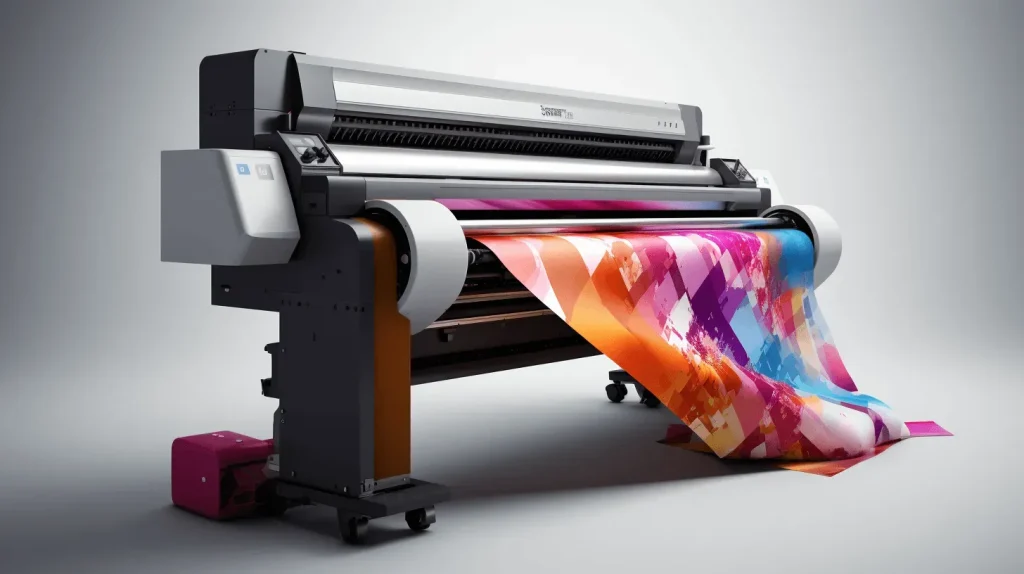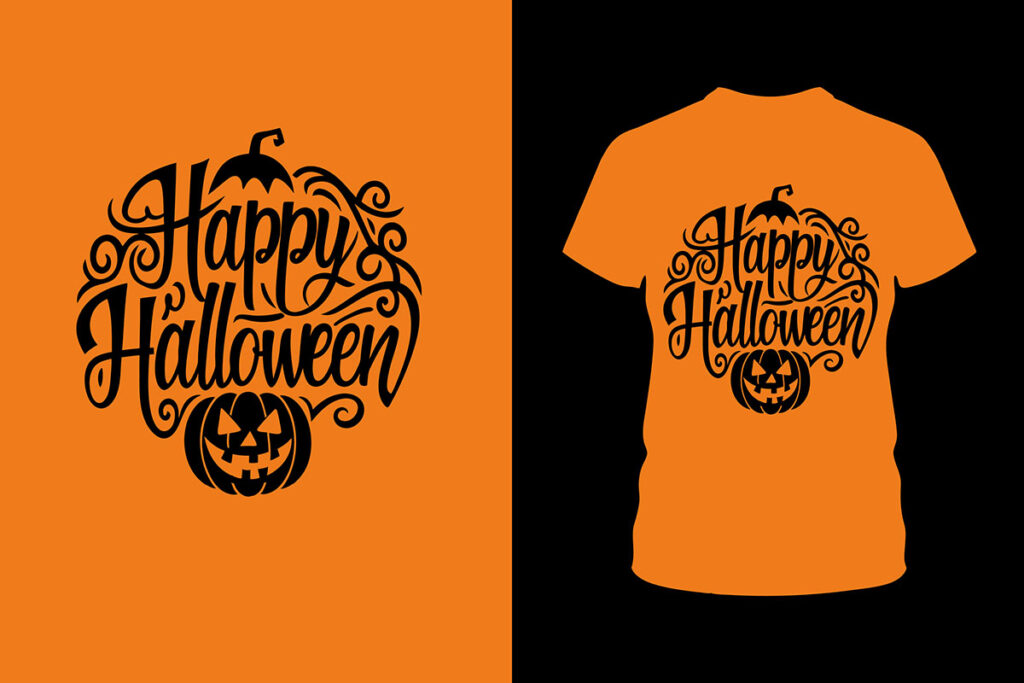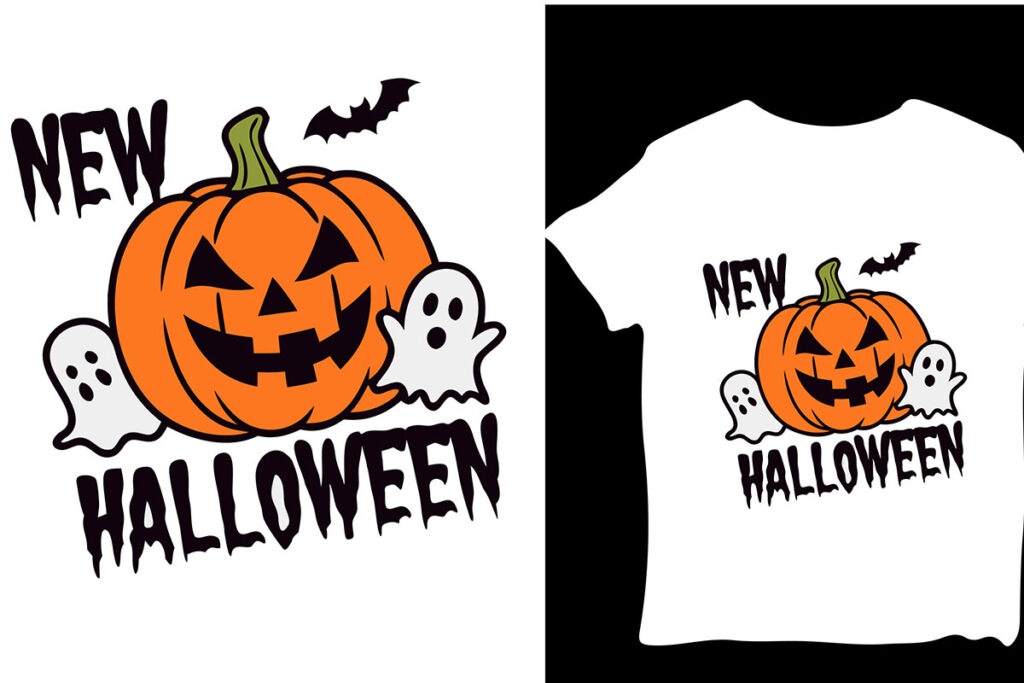DTF transfer prints represent the cutting edge of custom apparel technology, merging vibrant color reproduction with unparalleled versatility. This innovative printing method has rapidly gained favor among designers and retailers alike, thanks to its ability to produce high-quality, durable prints that surpass traditional techniques. As businesses seek to meet the growing demand for personalized clothing, mastering DTF printing techniques becomes essential for staying competitive. Sustainable DTF printing practices are also on the rise, allowing brands to appeal to eco-conscious consumers by utilizing water-based inks and biodegradable films. Moreover, the advent of automated DTF systems further streamlines production, enhancing efficiency and enabling faster turnaround times for orders.
Direct-to-Film printing, also known as DTF printing, is revolutionizing the art of textile customization. This technique allows for intricate designs and vibrant colors to be seamlessly transferred onto various fabrics, making it a top choice for creating unique apparel. As industry players explore advancements in print technology, the focus on enhancing DTF prints through innovative methods becomes increasingly relevant. With an emphasis on environmentally friendly production practices and the integration of automated processes, businesses are now able to adapt to consumer trends while optimizing their operations. The evolution of hybrid printing solutions is also broadening the horizons for custom garment manufacturing, combining the best features of multiple printing techniques.
Understanding the Basics of DTF Transfer Prints
Direct to Film (DTF) printing is revolutionizing the custom apparel sector by allowing for detailed designs to be printed with remarkable clarity directly onto a special film. This technique simplifies the transfer of eye-catching graphics onto garments, which is crucial for brands eager to establish their identities through custom designs. With DTF printing, users can achieve vibrant colors and intricate details, catering to the diverse needs of modern customers looking for personalized clothing options.
What sets DTF printing apart from traditional methods is its ability to produce high-quality prints without the constraints of fabric type. Whether dealing with cotton, polyester, or blends, DTF printing showcases its versatility. This innovative printing method not only preserves the much-desired soft feel of fabrics but also allows for complex designs without compromising durability, making it a preferred choice among businesses aiming to enhance DTF prints for their clientele.
Innovative DTF Printing Techniques to Enhance Customer Satisfaction
Embracing advancements in DTF printing techniques is essential for businesses aiming to improve customer satisfaction through superior product quality. Utilizing advanced heat transfer adhesives is one notable approach that ensures prints adhere effectively to various fabrics. New adhesive formulas are not only offering improved bonding capabilities but also contributing to a softer finish—crucial for customer comfort. By investing in such innovative adhesives, businesses can reduce issues such as peeling and fading over time, leading to repeat customers and positive brand reputation.
Additionally, the integration of eco-friendly inks and materials represents another forward-thinking technique to enhance DTF prints. As consumer preferences shift towards sustainable products, manufacturers are responding by developing water-based inks with a reduced environmental footprint. The use of biodegradable transfer films further enhances the appeal of DTF printing in today’s market, allowing companies to showcase their commitment to sustainability while delivering outstanding print quality.
Automated DTF Systems: The Future of Printing Efficiency
The rise of automated DTF printing systems marks a significant shift in how custom apparel businesses operate. By automating various stages of the printing process, companies can drastically cut down on manual labor while increasing production speeds. Automated systems not only enhance efficiency but also minimize human error—ensuring that each print meets strict quality standards. This transition to automated processes is particularly beneficial for high-volume businesses looking to scale operations without sacrificing print quality.
Moreover, investing in automated DTF systems can lead to substantial cost savings in the long run. With reduced labor costs and increased production capabilities, companies can allocate resources more effectively. The efficiency gained through automation allows businesses to focus on design innovation and customer engagement, ultimately driving sales growth as they meet increasing customer demands swiftly and accurately.
The Importance of Sustainable DTF Printing Practices
As the custom apparel landscape evolves, embracing sustainable DTF printing practices has become essential. With consumers now more environmentally conscious than ever, businesses that prioritize eco-friendly materials gain a competitive advantage. This not only applies to the inks used but also to the transfer films that are more biodegradable and lessen environmental impact. Adopting sustainable practices doesn’t just cater to consumer preferences; it also reflects a brand’s commitment to social responsibility.
Incorporating practices such as eco-friendly ink formulations reduces chemical runoff and contributes to cleaner production methods. Moreover, this shift towards sustainability in DTF printing can attract a broader customer base, including those prioritizing ethical purchasing decisions. As the demand for sustainable alternatives continues to rise, businesses investing in such innovations are positioning themselves favorably within the market, appealing to both eco-conscious consumers and environmentally friendly initiatives.
Optimizing Color Management in DTF Printing
Ensuring accurate color reproduction in DTF printing is vital for achieving quality results that meet customer expectations. The latest advancements in color management systems provide businesses with the tools needed to maintain consistent color quality across different print runs. Enhanced calibration software helps printers achieve precise color matching, bridging the gap between digital designs displayed on screens and the physical prints on fabric.
This focus on color management not only reduces the likelihood of costly reprints due to color discrepancies but also boosts customer satisfaction. When businesses are equipped with the technology to manage colors accurately, they are better positioned to create a range of products that fulfill client visions perfectly. Thus, adopting innovative color management solutions directly translates to improved print quality and enhanced brand credibility.
Streamlining Artwork Preparation for DTF Printing
Preparing artwork for DTF printing can often be a complex and time-consuming task. Fortunately, modern software solutions are emerging to streamline this process, enhancing image quality and ensuring optimal sizing and resolution before the prints are executed. These tools provide valuable templates and guidelines, empowering designers to create ideal prints efficiently and effectively.
By simplifying the artwork preparation phase, companies can significantly reduce waste and improve print outcomes, delivering better results to customers. Additionally, with streamlined preparation processes in place, businesses can enhance productivity and allocate more time towards creative endeavors, thus elevating their product offerings and satisfying customer demands more rapidly.
Frequently Asked Questions
What are the benefits of using advanced heat transfer adhesives in DTF transfer prints?
Advanced heat transfer adhesives are crucial for enhancing DTF transfer prints by providing improved bonding, flexibility, and durability. These adhesives ensure that prints adhere better to fabrics, resist peeling and fading, and offer a softer feel, which contributes to the comfort and longevity of the garment.
How can eco-friendly practices be integrated into DTF printing techniques?
Sustainable DTF printing is gaining traction through the use of water-based inks and biodegradable transfer films. By opting for environmentally friendly materials, businesses can reduce their chemical footprint and appeal to eco-conscious consumers, giving them a competitive edge in the market.
What innovations in color management systems are impacting DTF printing?
Recent innovations in color management systems for DTF printing allow for more accurate color reproduction. Enhanced calibration software ensures consistency between digital designs and printed results, leading to improved customer satisfaction and fewer reprint issues.
How does automation enhance the efficiency of DTF printing processes?
Automated DTF systems streamline the printing process by increasing production speeds and reducing manual labor. This automation minimizes human error, lowers operational costs, and is essential for businesses looking to scale their DTF printing operations efficiently.
What tools can help streamline the artwork preparation process for DTF printing?
New software tools that enhance image quality and optimize sizing are available to streamline the artwork preparation process for DTF printing. These tools provide templates and guidelines, helping designers adhere to best practices and improving overall print outcomes.
What are hybrid printing techniques, and how do they benefit DTF printing?
Hybrid printing techniques combine DTF with other methods like Direct to Garment (DTG) printing, allowing for a broader range of printing options. This approach leverages the strengths of each technique, offering higher detail for small designs while maintaining the efficiency of DTF for larger jobs.
| Key Points | Description |
|---|---|
| Understanding DTF Printing | DTF printing involves printing designs onto a film that is transferred onto garments using heat and pressure, allowing for vibrant colors and intricate details. |
| Advanced Heat Transfer Adhesives | New formulations enhance bonding and comfort while resisting peeling and fading, crucial for customer satisfaction. |
| Emphasizing Environmental Sustainability | Use of eco-friendly inks and materials is increasing, helping businesses appeal to environmentally conscious consumers. |
| Innovations in Color Management Systems | Enhanced calibration software ensures precise color reproduction, reducing reprints and improving customer satisfaction. |
| The Rise of Automated Production | Automation reduces manual labor, speeds up production, minimizes errors, and lowers operational costs. |
| Streamlining Artwork Preparation | New software tools offer templates and guidelines to enhance image quality and ensure optimal settings for printing. |
| Exploring Hybrid Printing Techniques | Combining DTF with other methods like DTG allows for diverse products and leverages the strengths of both techniques. |
| Importance of Training and Best Practices | Ongoing training resources are essential for staying updated with techniques and maintaining quality in DTF printing. |
Summary
DTF transfer prints are revolutionizing the custom apparel industry by providing high-quality, vibrant designs that enhance customer satisfaction. Utilizing advanced adhesives, eco-friendly materials, and innovations in color management significantly improve the printing process. Moreover, the rise in automation and hybrid printing techniques further streamlines production, making it more efficient and cost-effective. Investing in training ensures that teams are well-equipped to handle these advancements, maintaining high standards in quality and creativity. As demand for personalized apparel grows, businesses adopting these innovative techniques will thrive in a competitive market.



